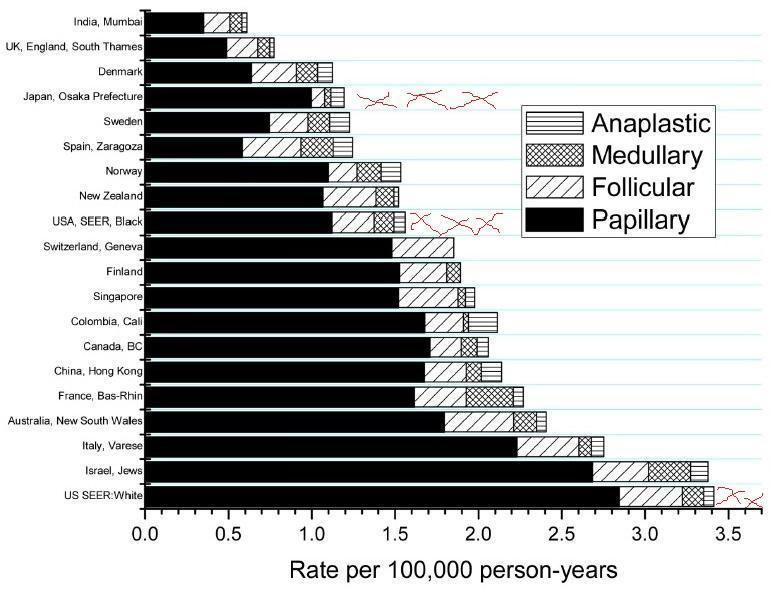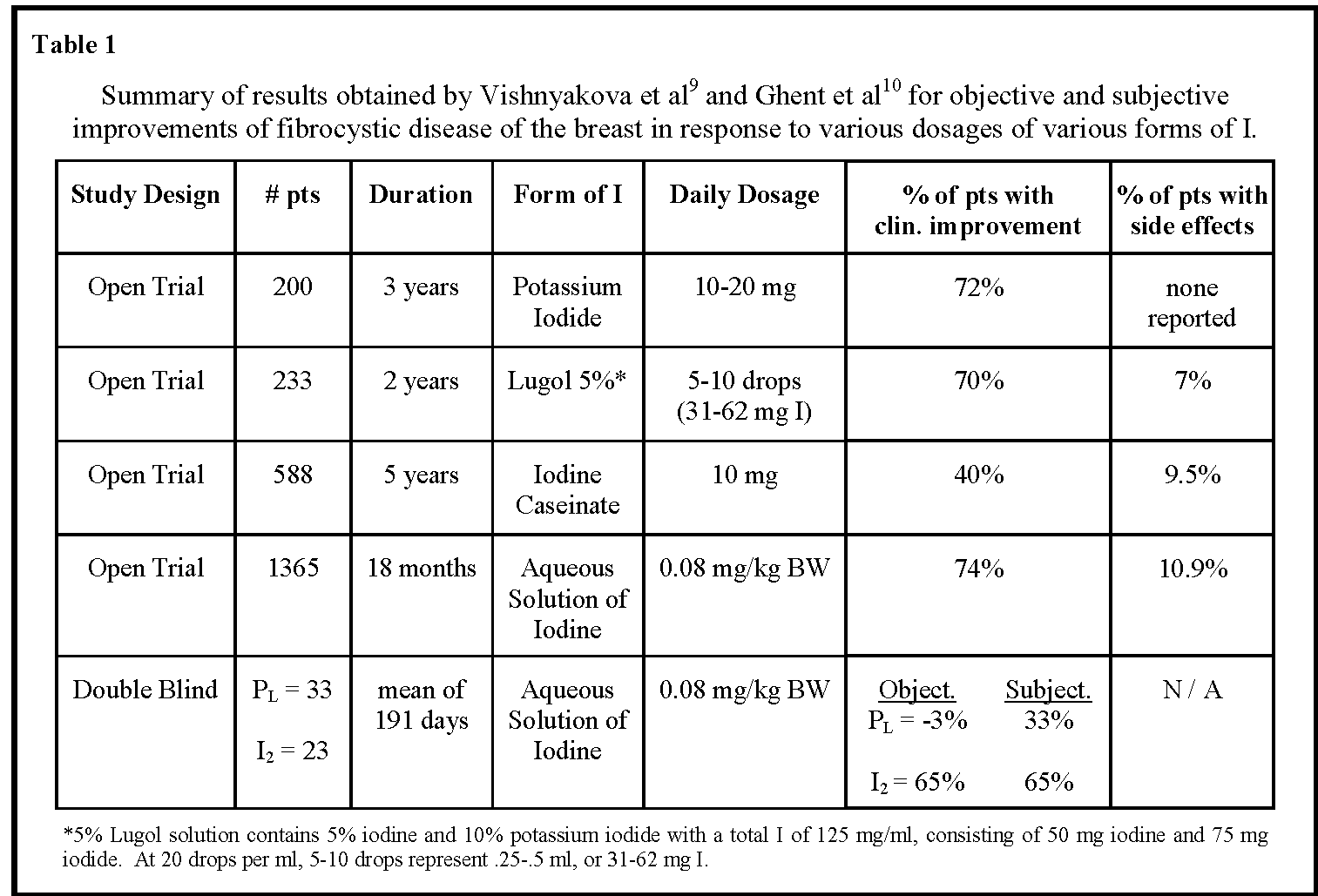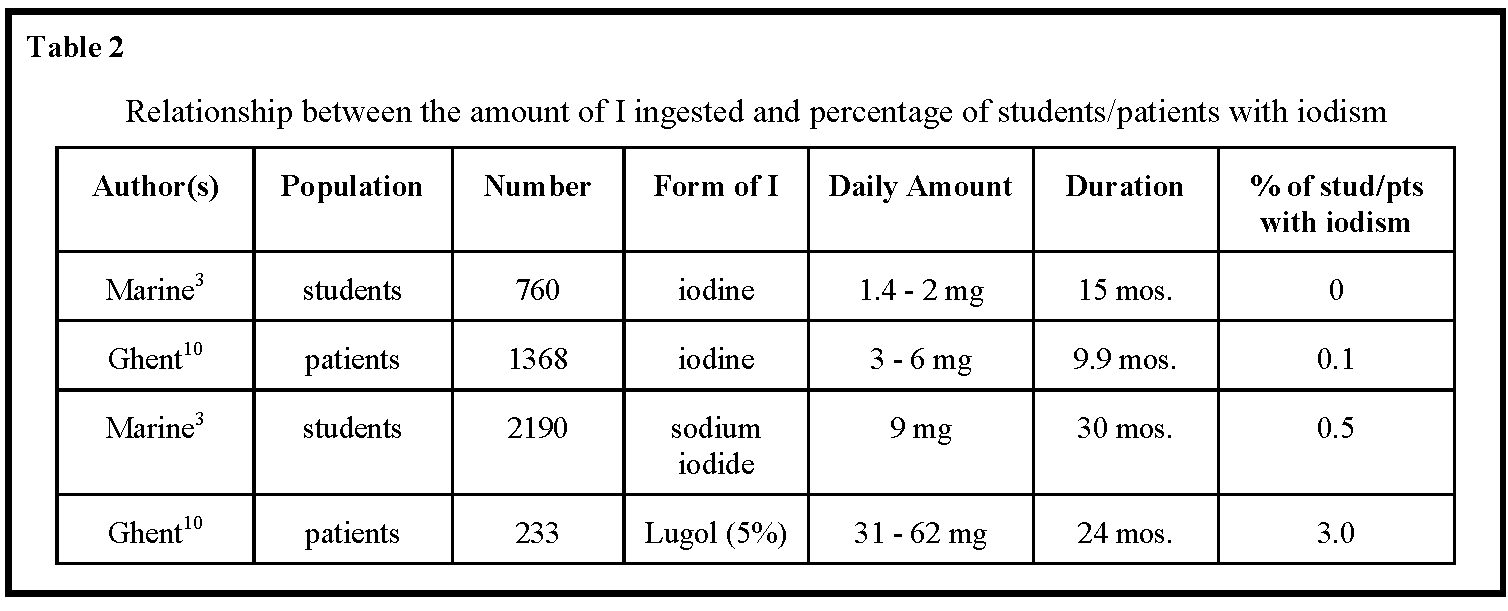TreasureVibe
Member
- Joined
- Jul 3, 2016
- Messages
- 1,941
A person may feel more energetic when first starting an iodine supplement, but lab tests will reveal that their “new energy” is coming from the destruction of thyroid tissue which dumps thyroid hormone into the circulation, and reports will show an elevated TSH, elevated thyroid antibodies, and in some cases, low levels of active thyroid hormones. This is why I don’t generally recommend iodine supplements to people with Hashimoto’s. I don’t believe that the short-term artificial boost in energy is worth destroying your thyroid gland! (5)
https://thyroidpharmacist.com/articles/iodine-hashimotos/
Hashimoto's is simply endotoxin and bacteria in the gut, btw. This is something this source also acknowledges.
https://thyroidpharmacist.com/articles/iodine-hashimotos/
Hashimoto's is simply endotoxin and bacteria in the gut, btw. This is something this source also acknowledges.



